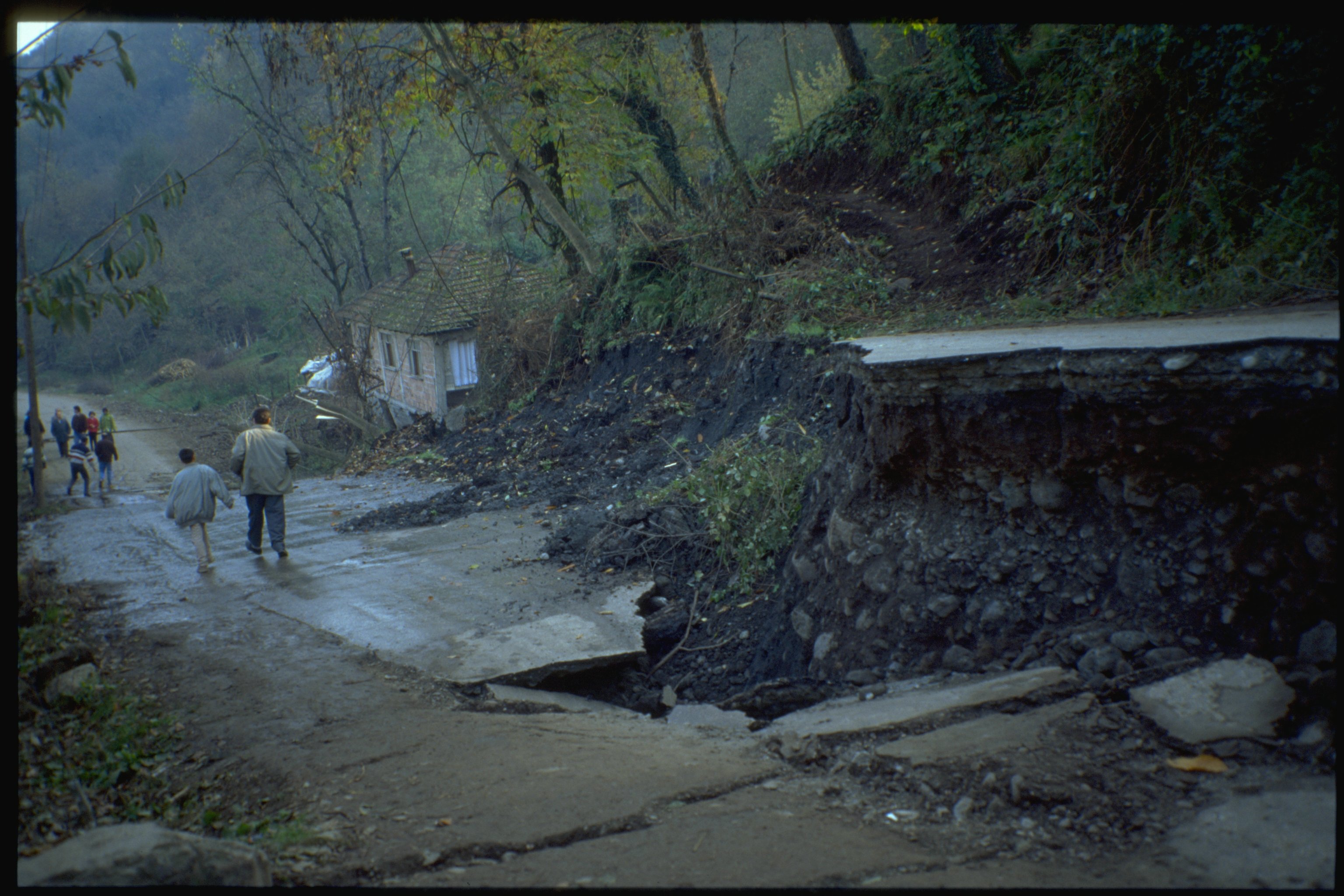All Categories
Featured
Table of Contents
What Is Geophysics? in Neerabup Oz 2020

(PREM)., and the borders between layers of the mantle are consistent with phase transitions.

This makes plate tectonics possible. Schematic of Earth's magnetosphere. The solar wind circulations from left to right. If a planet's electromagnetic field is strong enough, its interaction with the solar wind forms a magnetosphere. Early area probes drawn up the gross dimensions of the Earth's magnetic field, which extends about 10 Earth radii towards the Sun.
Inside the magnetosphere, there are relatively thick areas of solar wind particles called the Van Allen radiation belts. Geophysical measurements are generally at a particular time and place. Accurate measurements of position, in addition to earth contortion and gravity, are the province of geodesy. While geodesy and geophysics are different fields, the 2 are so carefully connected that lots of scientific organizations such as the American Geophysical Union, the Canadian Geophysical Union and the International Union of Geodesy and Geophysics incorporate both.
Geophysical Methods Commonly Employed For Geotechnical ... in North Fremantle Aus 2021
, combines huge coordinates and the local gravity vector to get geodetic coordinates. This technique only offers the position in 2 collaborates and is more challenging to utilize than GPS.
Relative positions of two or more points can be identified using very-long-baseline interferometry. Gravity measurements entered into geodesy since they were needed to related measurements at the surface of the Earth to the referral coordinate system. Gravity measurements on land can be made utilizing gravimeters released either on the surface or in helicopter flyovers.
Sea level can likewise be measured by satellites utilizing radar altimetry, contributing to a more accurate geoid. In 2002, NASA launched the Gravity Recovery and Climate Experiment (GRACE), wherein two twin satellites map variations in Earth's gravity field by making measurements of the distance in between the two satellites using GPS and a microwave varying system. Satellites in space have actually made it possible to gather data from not just the noticeable light region, but in other locations of the electromagnetic spectrum. The worlds can be characterized by their force fields: gravity and their magnetic fields, which are studied through geophysics and area physics. Measuring the changes in velocity experienced by spacecraft as they orbit has enabled fine details of the gravity fields of the worlds to be mapped.
How To Become A Geophysicist in North Lake Aus 2023

Because geophysics is worried about the shape of the Earth, and by extension the mapping of features around and in the world, geophysical measurements include high accuracy GPS measurements. These measurements are processed to increase their accuracy through differential GPS processing. When the geophysical measurements have actually been processed and inverted, the translated outcomes are outlined utilizing GIS.
Numerous geophysics business have created internal geophysics programs that pre-date Arc, GIS and Geo, Soft in order to satisfy the visualization requirements of a geophysical dataset. Expedition geophysics is used geophysics that often uses remote noticing platforms such as; satellites, airplane, ships, boats, rovers, drones, borehole picking up devices, and seismic receivers.
Aeromagnetic data (aircraft gathered magnetic data) gathered utilizing standard fixed-wing aircraft platforms must be remedied for electro-magnetic eddy currents that are developed as the aircraft moves through Earth's electromagnetic field. There are also corrections related to modifications in measured possible field intensity as the Earth turns, as the Earth orbits the Sun, and as the moon orbits the Earth.
An Assessment Of Geophysical Survey Techniques ... in Koondoola Oz 2021
Signal processing involves the correction of time-series data for undesirable noise or errors presented by the measurement platform, such as aircraft vibrations in gravity data. It likewise includes the decrease of sources of sound, such as diurnal corrections in magnetic information. In seismic data, electromagnetic information, and gravity information, processing continues after mistake corrections to consist of computational geophysics which lead to the final analysis of the geophysical data into a geological interpretation of the geophysical measurements Geophysics became a separate discipline only in the 19th century, from the crossway of physical location, geology, astronomy, meteorology, and physics.
The magnetic compass existed in China back as far as the 4th century BC. It was not till great steel needles might be created that compasses were utilized for navigation at sea; before that, they might not maintain their magnetism long enough to be beneficial.
By looking at which of 8 toads had the ball, one might identify the direction of the earthquake. It was 1571 years before the first style for a seismoscope was published in Europe, by Jean de la Hautefeuille. It was never built. One of the publications that marked the start of contemporary science was William Gilbert's (1600 ), a report of a series of meticulous experiments in magnetism.
What Is Geophysics? in Wattleup Oz 2023
Geochemistry, Geophysics, Geosystems. National Aeronautics and Space Administration. Obtained 13 November 2018.
Leipzig. Berlin (Gebruder Borntraeger). Runcorn, S.K, (editor-in-chief), 1967, International dictionary of geophysics:. Pergamon, Oxford, 2 volumes, 1,728 pp., 730 fig Geophysics, 1970, Encyclopaedia Britannica, Vol. 10, p. 202-202 Ross 1995, pp. 236242 Shearer, Peter M. (2009 ). Intro to seismology (second ed.). Cambridge: Cambridge University Press. ISBN 9780521708425. Stphane, Sainson (2017 ).
Latest Posts
Course: Basics In Geophysical Surveying in Langford WA 2022
Geophysicist Careers in Munster Aus 2021
Airborne Geophysical Surveys in Caversham WA 2020